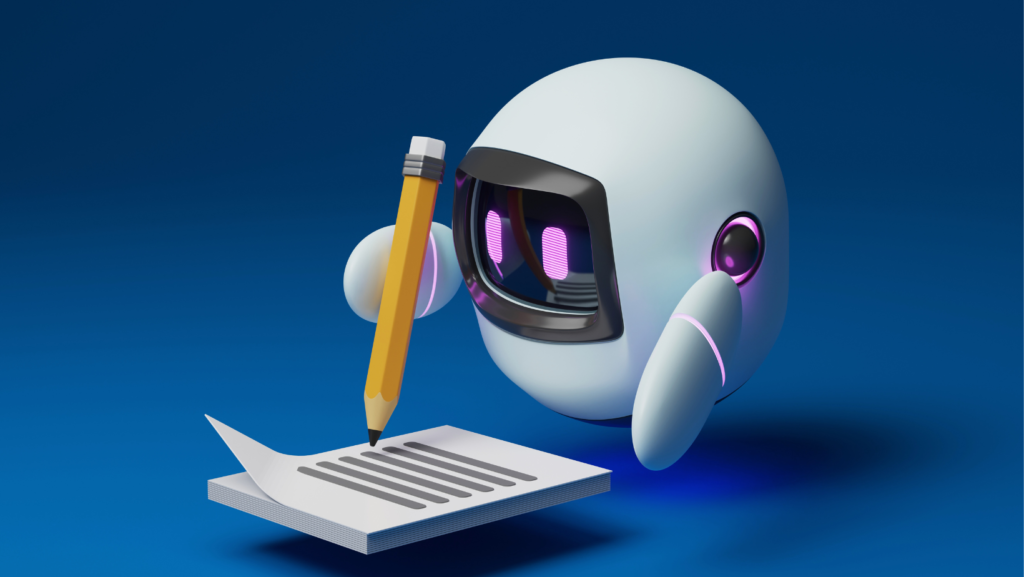Let's Connect contact@digitalagencyreseller.com Digital Agency Reseller
One of the most important developments in artificial intelligence technologies has been generative AI. Generative AI is a thrilling segment of machine learning that enables computers to generate content from nothing, like music, images and/or descriptions. That’s why they are called ‘generative processes’—instead, it creates new datasets to be processed instead of simply analyzed/processed.
Generative AI has tremendous possibilities for many sectors that it is important in. It could be used to develop more effective machines, make interesting pictures or good texts. This is not just about performing functions by machines, but involves making significant and creative contributions to such machines in several arenas.
Using generative AI is diverse; tools such as DeepArt and Daz 3D generate novel artwork and 3D art designs within Art and Design. In this regard, generative AIs are quite instrumental in cutting-edge research, such as drug discovery and material science.

Unlike supervised models like neural networks, RNNs, and Support Vector Machines (SVM), generative AI models such as GPT-3 and transformers are trained using unsupervised learning. In this model vast quantities of data in general the extracted text is thrown into a machine learned algorithm that attempts to speculate as to what should come after. The AI does not understand the context or meaning of the data, but merely identifies certain patterns and applies them to produce new texts.
In training such models, we need to reweight the neural networks in order to reduce or eliminate differences in the model outputs versus true values. Adjustments are often made using a backpropagation algorithm. The model is refined and improves its capacity for correct prediction after several iterations.
With generative AI it is essential to offer specific, well-defined queries in order to create good new content. Since the input is mostly what determines the quality of the generated content.
Say for example you are using generative AI to write a blog post. Instead of just telling it “come up with a blog post on Yoga”. You may instruct the AI to write: “compose a piece on Mental Health Benefits of Yoga”.
The clarity of direction and context provided the AI ensures it produces precise content that is relevant to the defined goals. Moreover, never forget to revise generated text in order to synchronize it with your brand’s tone or message.
It can write articles, compose poetry, produce codes and create books. For example, GPT-3 is able to produce natural language that closely resembles what humans could write.
It can also generate new images. For instance, AI technology can be quite helpful in fields such as graphic design and visual arts where creatives could create exclusive pieces of art. For instance, DeepArt and DeepDream are AI that convert normal photographs into stylised works like those of great masters in arts.
Generative AI has also shown promising results in music. Patterns of music can be analyzed by algorithms, the style learned and generated can be similar, etc. The MuseNet is one of OpenAI’s AI inventions that can produce music using various instruments, mix up different styles, etc.
It can also make new video content in generative AI. It is of particular use for the film-makers and gamers’ industries. For instance, Promethean AI employs generative AI to enable artists to create immersive virtual environments in video games.
Generative AI is not just confined to creative art applications. This is evident in a host of other fields such as data augmentation, drug discovery, the fashion industry, and more.
Generative AI has a bright future ahead. This continues as more developments are made enabling its usage in more industries and fields. Yet, for the optimal and benevolent application of generative AI, there must be a dialogue about the issues and ethical dilemmas that accompany its development.
Generative artificial intelligence has demonstrated its capabilities in many applications, such as imagery generation and substance discovery. It is potentially another leap forward in how we develop and engage with information for it yet to fully emerge.
Generative Ai is a branch of artificial intelligence specializing in content creation ex nihilo. It operates by feeding in a data set and generating outcomes similar to the data it was trained with.
To this end, generative AI employs techniques like GANs and VAEs. They base their work on a big amount of data which they analyze in order to find certain patterns that exist there; then, the algorithms create new patterns according to them.
Applications of generative AI span across numerous areas. They use it to make artwork, product designs, text, and songs. It is also beneficial in research where scientists explore synthetic data making for some simulation scenarios or drug discovery among others.
Generative AI is great but carries many risks as well. It could also be used to generate deep fakes for disseminating false information and deceiving millions of individuals worldwide. Thus, there is a need to control and keep watch on the use of creative AI.
In numerous industries, ranging from entertainment to science, generative AI could make major changes. With each passage of time, the generative AI will become increasingly imaginative, sophisticated, and more widely applicable. Nonetheless, one must not forget other aspects of this such as ethics for instance.